Vegetarian Keto Diet Challenges
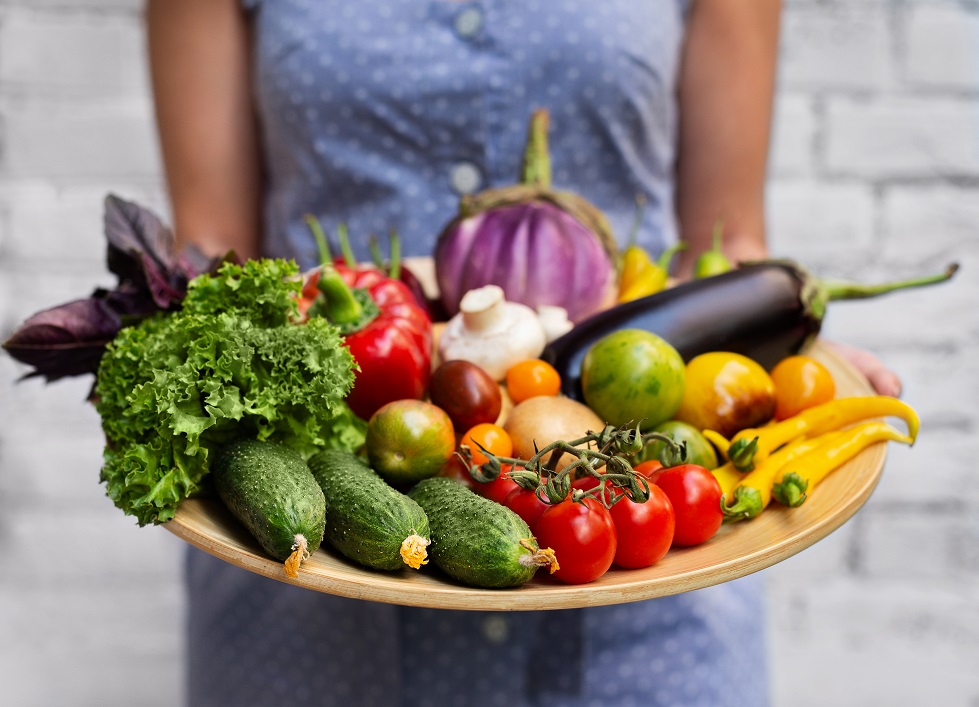
Introduction
The concept of a vegetarian keto diet sparks debate. While keto emphasizes high-fat, low-carb foods, vegetarians avoid meat. Can these two lifestyles coexist? Let’s examine the hurdles and strategies for success.
Table of Contents
- Introduction
- Is a Vegetarian Keto Diet Feasible? Exploring the Challenges
- Expert Tips: Overcoming Vegetarian Keto Diet Challenges
- Personal Journey: Thriving as a Vegetarian on Keto
- Conclusion
- Sources
Is a Vegetarian Keto Diet Feasible? Exploring the Challenges
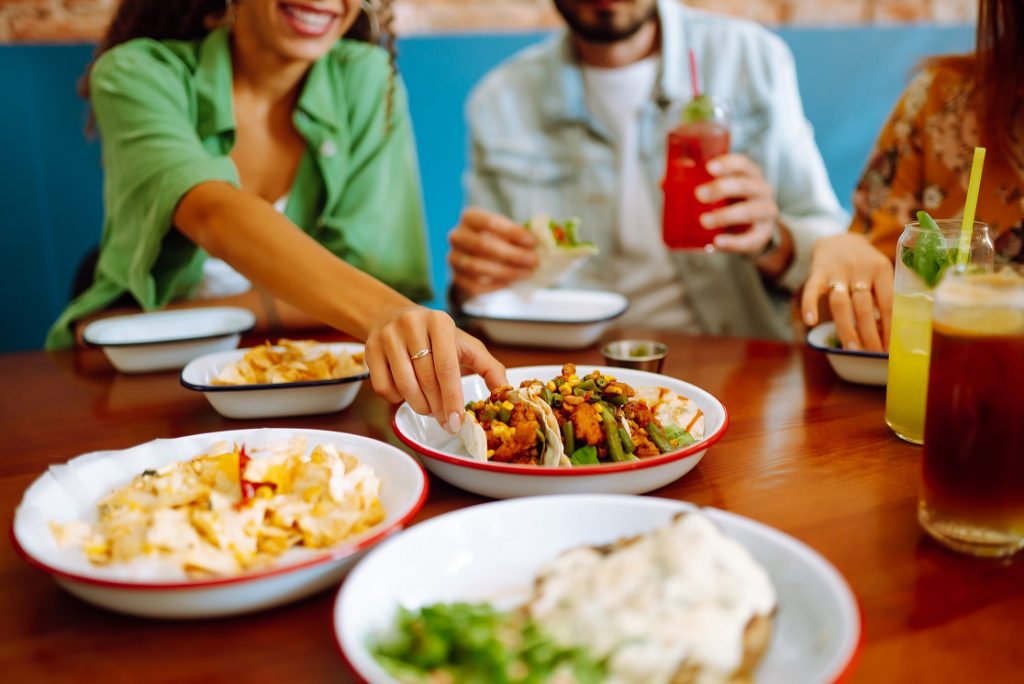
Switching to a vegetarian keto diet came with some tough obstacles, but I found ways to tackle them:
- Protein Puzzle: Getting enough protein without meat was hard. I tried tofu, tempeh, and protein powders until I found what worked.
- Carb Confusion: Many vegetarian foods have lots of carbs, which isn’t great for keto. I swapped out rice and pasta for cauliflower and zucchini to keep my carbs low.
- Nutrition Needs: Without meat, I worried about missing out on important nutrients like B12 and iron. I focused on eating lots of veggies, nuts, and seeds, and sometimes took supplements to fill in the gaps.
- Social Struggles: Going to parties or restaurants was tricky because most foods weren’t keto or vegetarian. I learned to plan ahead by eating before or bringing my own dish.
By facing these challenges and finding creative solutions, I made the switch to vegetarian keto work for me. It wasn’t always easy, but it was worth it for my health and happiness. To read more about cons of the keto diet, click here!
Expert Tips: Overcoming Vegetarian Keto Diet Challenges
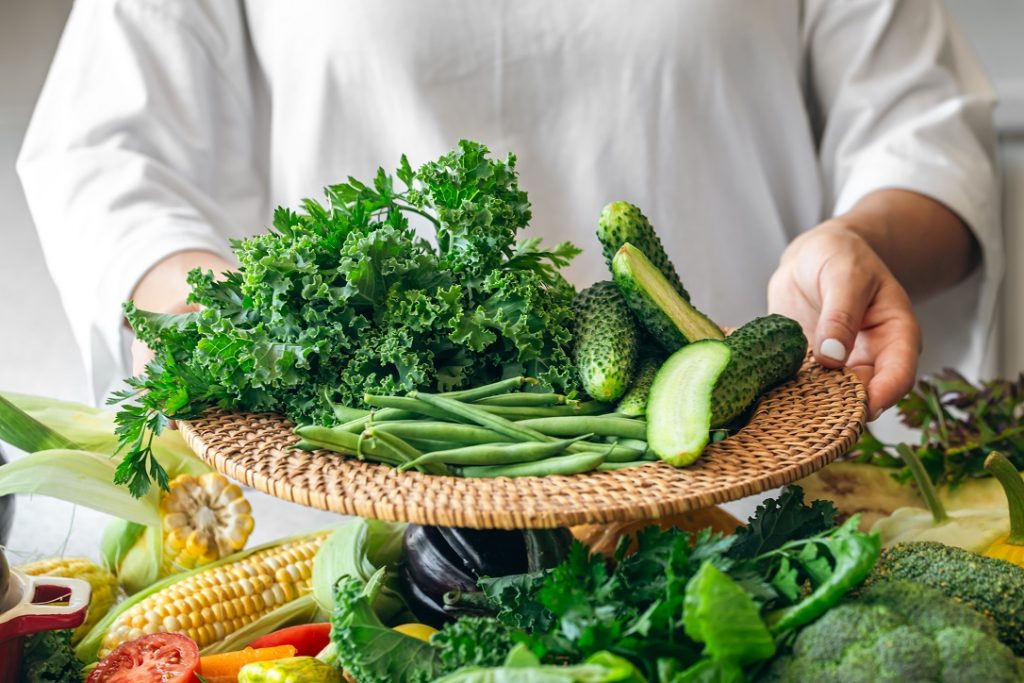
Prioritize plant-based fats like avocados and nuts. Include low-carb veggies and consider supplements for essential nutrients.
Nutritionist Dr. Patel
- Embrace Plant-Based Fats: Incorporate healthy fats from sources like avocados, nuts, seeds, and coconut oil into your meals. These fats provide essential nutrients and help keep you feeling satisfied on a low-carb diet.
- Prioritize Low-Carb Vegetables: Load up on non-starchy vegetables such as leafy greens, broccoli, cauliflower, zucchini, and bell peppers. These veggies are rich in fiber and vitamins while being low in carbs, making them perfect for keto.
- Explore Meat Alternatives: Experiment with vegetarian protein sources such as tofu, tempeh, edamame, and seitan. These foods can be incorporated into various dishes and provide the protein needed to support muscle health and overall well-being.
- Supplement Wisely: Consider taking supplements to ensure you’re meeting your nutritional needs on a vegetarian keto diet. Key nutrients to pay attention to include vitamin B12, iron, omega-3 fatty acids, and vitamin D. Consult with a healthcare professional to determine the right supplements for you.
- Stay Hydrated: Adequate hydration is essential for overall health and can also help alleviate symptoms of keto flu, such as fatigue and headaches. Aim to drink plenty of water throughout the day, and consider adding electrolytes if needed, especially during the initial stages of transitioning to keto.
- Plan and Prep Meals: Take the time to plan and prepare your meals in advance to avoid temptation and ensure you have keto-friendly options readily available. Batch cooking and meal prepping can be helpful strategies to stay on track, especially during busy weekdays.
By incorporating these expert tips into your vegetarian keto lifestyle, you can optimize your nutritional intake, support your health goals, and enjoy the benefits of a low-carb diet without compromising your vegetarian values.
Personal Journey: Thriving as a Vegetarian on Keto
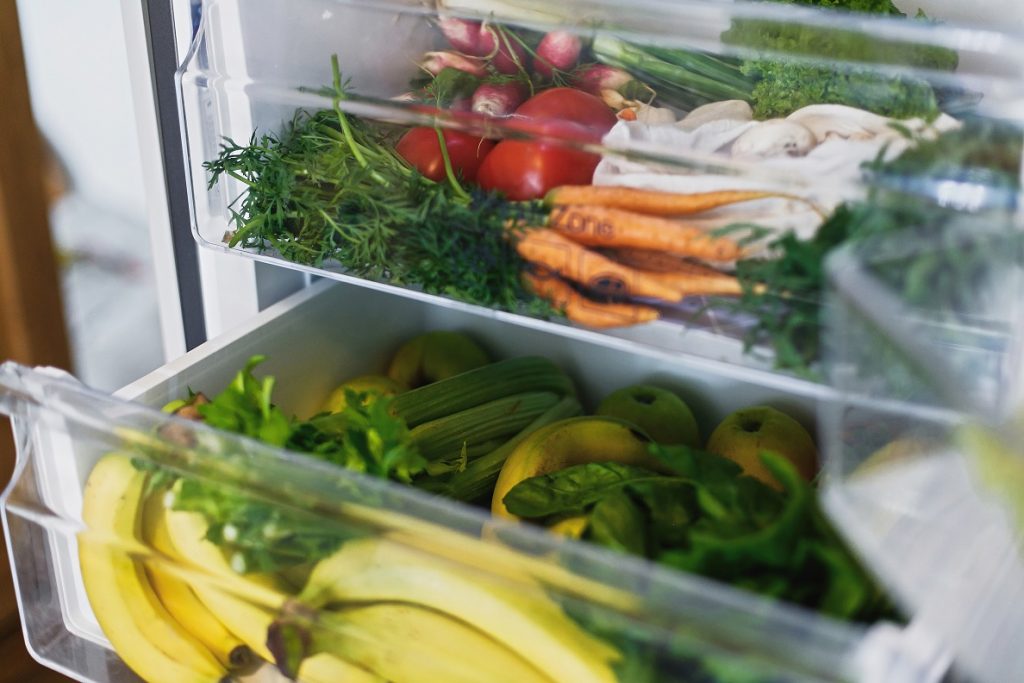
Switching to a vegetarian keto diet was a big adventure for me! As a vegetarian, I was used to eating lots of plant-based foods, but now I needed to eat more fats and fewer carbs. At first, it felt strange, but I learned to love foods like avocados and nuts.
Going to the grocery store became like a treasure hunt. Instead of grabbing grains and fruits, I looked for veggies that were low in carbs. It was tricky, but I found joy in cooking creative and tasty meals.
Sometimes, I felt unsure and wanted to eat my old favorite foods. But I stayed strong! Once, at a family dinner with lots of meat dishes, I brought my own yummy keto meals. My family was curious, and I showed them how tasty and healthy vegetarian keto can be!
Even though it’s been tough at times, sticking to vegetarian keto has made me feel healthier and more energetic. I’ve learned that with determination and kindness to myself, I can conquer any challenge that comes my way. And I’m excited to keep exploring this delicious and nutritious way of eating!
Conclusion
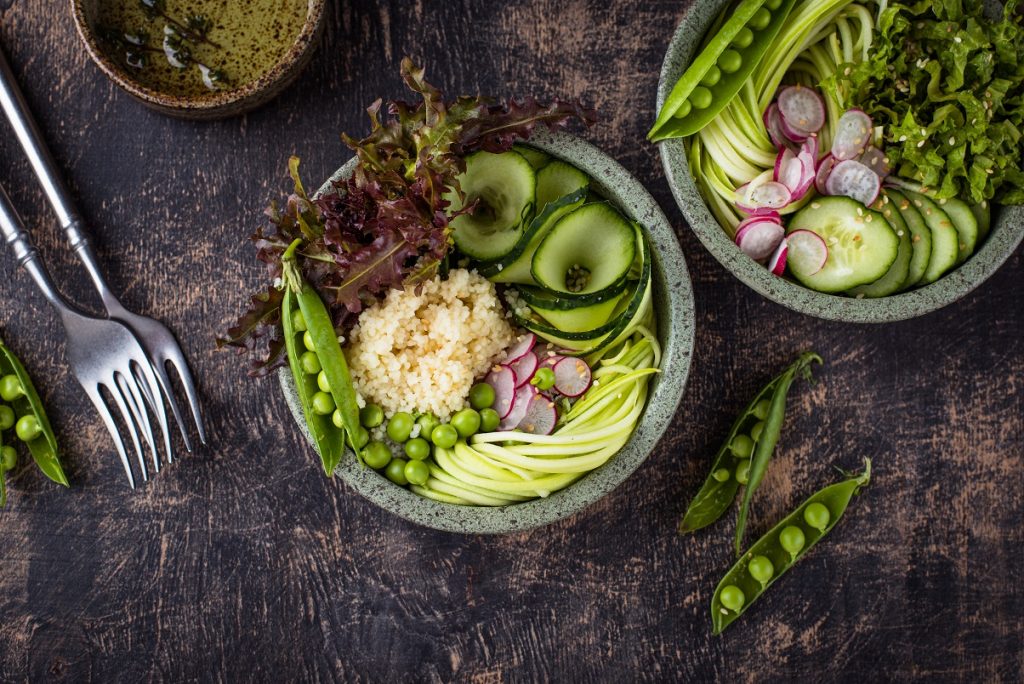
Achieving success with a vegetarian keto diet demands meticulous planning and awareness of potential pitfalls. By understanding the challenges and seeking expert advice, vegetarians can confidently pursue this unique dietary path.
Sources:
- “Can You Be a Vegetarian on the Keto Diet?” Healthline, www.healthline.com/nutrition/vegetarian-keto-diet.
- Sharma, Ruchi. “Vegetarian Keto Diet: 7-Day Meal Plan & Starter Guide.” Diet Doctor, www.dietdoctor.com/low-carb/keto/vegetarian.
